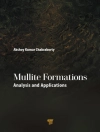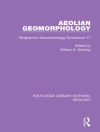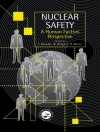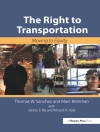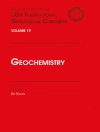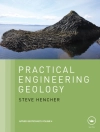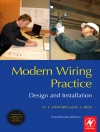This book discusses the sources, human health hazards and risk prevention strategies associated with aeolian dust particles (fine and ultrafine) in the atmosphere. It covers the challenges of accurately forecasting aeolian dust and the need to raise public awareness on the warning signs and harmful impacts of airborne dust. Also discussed is the presence of microorganisms, heavy metals and other pollutants in dust which contributes to harmful impacts on human health as well as management and treatment options for the various health issues that can result from exposure. The book is a useful resource for scientists, engineers and policymakers interested in dust and health.
Tabella dei contenuti
1-Introduction to Dust Pollution.- 2-Mechanisms of dust generation and release.- 3-Industrial Dust.- 4-Construction site dust and health effects.- 5-Dust and microorganisms: Their interactions and health effects.- 6-Chemicals associated with dust and health effects.- 7-Dust mortality and morbidity.- 8-Dust and eye health.- 9-The Effect of dust on infants’ Nose, Eyes and Respiratory Symptoms and control measures.- 10-Epidemiological challenges: the health effect of dust.- 11-Detoxifying human health from dust effect.- 12-Exposure of Air Pollution (PM2.5, PM10, NO2, O3, SO2) and Dust and Associated Health Risk in the Arid Region.- 13-Microbiology of dust storms and the effect on health.- 14-Bioaerosol and Pollen associated with dust and health impacts.- 15-The effect of atmospheric dust on ecosystem functioning.- 16-Assessment of the Airborne Microbes in the Dust.- 17-Emerging applied techniques, strategies and control methods for dust effect on health.
Circa l’autore
Dr. Al-Dousari is a senior researcher at the Kuwait Institute for Scientific Research (KISR), where he as a dust specialist conducts scientific projects and researches tackling Land degradation and rehabilitation Flood management, Aeolian and fluvial landforms and dust fallout, mobile sand, and dust control measures, water harvesting techniques soil sealing and compaction. Al-Dousari has received many awards and recognitions for his research activities (The Wildlife Award from the Arabian Gulf Cooperation Council; the Abdul Hameed Shoman Award for Best Arab researchers, the State Incentive Award, and the Best Arab Book Award in the field of environment), and acts as Kuwait’s representation active member within Committee of Science and Technology (CST) in United Nation Committee for Compacting Desertification-UNCCD (2016–2019), and in many local, regional and global scientific committees. Al-Dousari wrote a lot of scientific books tackling dust as a phenomenon, and now is actingas a reviewer and editor in many scientific journals. Al-Dousari receives his Ph.D. in geology from the Royal Holloway University of London (RHUL).
Dr. Muhammad Zaffar Hashmi is an Assistant Professor of Environmental Engineering in the Department of Chemistry at COMSATS University Islamabad Campus, Pakistan. Dr. Hashmi works in multiple fields (waters, soil, air, and health-related issues), and has expertise in developing environmentally sustainable and feasible technologies.


